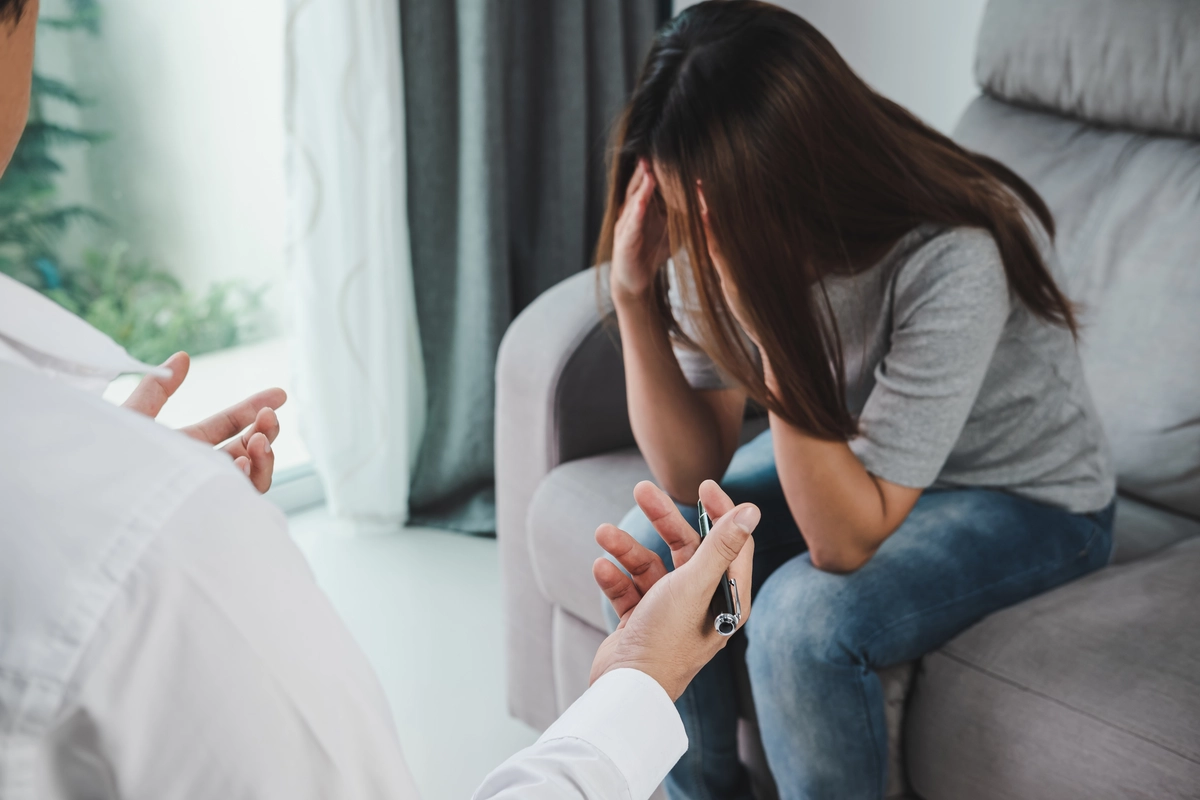24/7 Helpline:
(866) 899-111424/7 Helpline:
(866) 899-1114
Learn more about Codeine Detox centers in Grove City
Codeine Detox in Other Cities

Other Insurance Options

Molina Healthcare

Regence

UMR

CareSource

GEHA

Humana

Medical Mutual of Ohio

Health Net

PHCS Network

Health Choice

Group Health Incorporated

American Behavioral

CareFirst

Lucent

Covered California

BHS | Behavioral Health Systems

BlueShield

State Farm

Absolute Total Care

Ceridian

George Junior Republic
George Junior Republic is a drug and alcohol rehab located in Grove City, PA. They provide residenti...













Serenity Concepts
Serenity Concepts is an outpatient rehab located in Grove City, OH. Serenity Concepts specializes in...

The Buckeye Ranch
The Buckeye Ranch is a private, nonprofit organization with a comprehensive array of mental health t...

Community Counseling Center – Breckenridge Street
Community Counseling Center – Breckenridge Street is a private rehab located in Grove City, Pennsylv...



